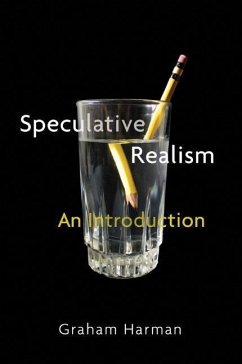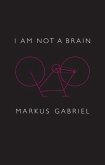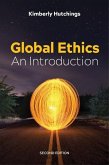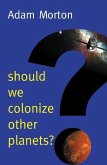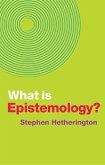On April 27, 2007, the first Speculative Realism (SR) workshop was held at Goldsmiths, University of London, featuring four young philosophers whose ideas were loosely allied. Over the ensuing decade, the ideas of SR spread from philosophy to the arts, architecture, and numerous disciplines in the humanities and social sciences. SR has been arguably the most influential new current in continental philosophy since the works of Gilles Deleuze and Félix Guattari found their second wind in the 1990s.
But what is SR? This book is the first general overview by one of its original members, focusing on the aesthetic, ethical, ontological, and political themes of greatest importance to the movement. Graham Harman provides a balanced but critical assessment of his original SR colleagues - Ray Brassier, Iain Hamilton Grant, and Quentin Meillassoux - along with a clear summary of his own Object-Oriented Ontology (OOO). A number of central philosophical questions tie the four chapterstogether: What exactly is "correlationism," the chief enemy of SR? What are the stakes of philosophical realism, and is such realism better served by mathematics and the natural sciences, or by a broader model of cognitive activity that includes aesthetics?
This book covers both the historical and conceptual development of the movement, providing a first-rate introduction for students, aided by helpful end-of-chapter study questions chosen by Harman himself. SR, Harman shows, is a vital and fast-developing field in contemporary philosophy.
Hinweis: Dieser Artikel kann nur an eine deutsche Lieferadresse ausgeliefert werden.
But what is SR? This book is the first general overview by one of its original members, focusing on the aesthetic, ethical, ontological, and political themes of greatest importance to the movement. Graham Harman provides a balanced but critical assessment of his original SR colleagues - Ray Brassier, Iain Hamilton Grant, and Quentin Meillassoux - along with a clear summary of his own Object-Oriented Ontology (OOO). A number of central philosophical questions tie the four chapterstogether: What exactly is "correlationism," the chief enemy of SR? What are the stakes of philosophical realism, and is such realism better served by mathematics and the natural sciences, or by a broader model of cognitive activity that includes aesthetics?
This book covers both the historical and conceptual development of the movement, providing a first-rate introduction for students, aided by helpful end-of-chapter study questions chosen by Harman himself. SR, Harman shows, is a vital and fast-developing field in contemporary philosophy.
Hinweis: Dieser Artikel kann nur an eine deutsche Lieferadresse ausgeliefert werden.
"An essential guide by the foremost philosopher of our age. This book will educate and delight both aficionados and those unfamiliar with the first major philosophical movement of the twenty-first century."
Timothy Morton, Rice University
"Harman presents a clear overview of the development of Speculative Realism's core debates. He not only reconstructs its genealogy but offers a remarkably concise introduction to his own ontology by putting it in its larger context."
Markus Gabriel, University of Bonn
Timothy Morton, Rice University
"Harman presents a clear overview of the development of Speculative Realism's core debates. He not only reconstructs its genealogy but offers a remarkably concise introduction to his own ontology by putting it in its larger context."
Markus Gabriel, University of Bonn

